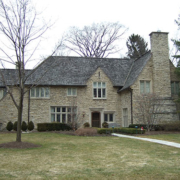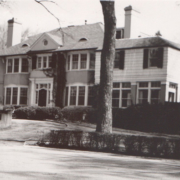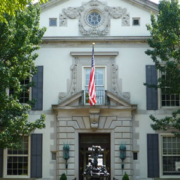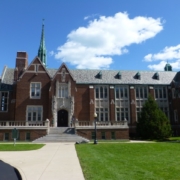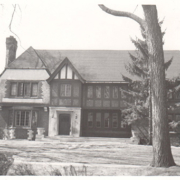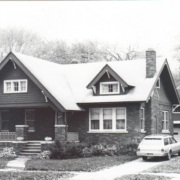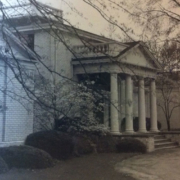Historical Architecture of Grosse Pointe – Architect – Hugh T. Keyes.
Welcome to the work of Hugh Tallman Keyes, a noted early 20th century architect. Keyes was a prolific designer of fine homes in the Grosse Pointes and was arguably one of the most diverse architects to ply his trade in the community.
His work centered on creating grand estates for the industrialists of Metropolitan Detroit (clients included Ford, Hudson-Tannahill, Bugas and Mennen) and he is considered to be one of the most versatile architects of the period.
Keyes was born in Trenton, MI in 1888. He studied architecture at Harvard University and worked under architect C. Howard Crane. After graduating he quickly became an associate of Albert Kahn working on Kahn’s “signature project” the Detroit Athletic Club.
He was also a graduate of the U.S. Naval Academy and served in the Navy during World War 1. He then spent time in Europe, traveling in England, France, Italy and Switzerland gathering inspiration for his work.
After briefly working at Smith, Hinchman & Grylls, Keyes opened his own Detroit office in 1921. His style was wonderfully diverse and ranged from Tudor Revival (highly popular in the early 20th Century metropolitan area) to rustic Swiss chalets. However he was most known for Regency (mostly French) houses of white brick, Georgian/Palladian, and incorporating symmetrical bow-fronted wings and wrought iron balconies into his designs.
Throughout out his career Keyes built many significant houses in Grosse Pointe with the majority located in the Farms. Many of his designs were known for being ‘built for the ages’; his later designs were typically constructed of concrete and steel.
His work in Grosse Pointe saw him design over twenty homes, most of which still exist today. As you will see from the examples below his designs differ significantly, offering a perfect example of his rich and varied repertoire.
One of his most intriguing projects was the Hudson Tannahill House, located at 22 Lee Gate Lane in Grosse Pointe Farms. It is the earliest example of what would become Keyes signature ‘white brick’ Regency style and we will be telling the full story of this home next week.
Further examples of his work includes:
- 180 Cloverly, GPF (1928)
- 78 Kenwood, GPF (1928)
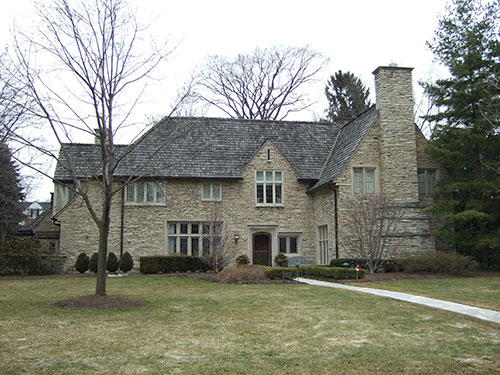
- Dwyer/Palms House – 78 Lake Shore, GPF (1928)
- Hudson Tannahill House – 22 Lee Gate, GPF (1947)
- 30 Lee Gate, GPF (1939)
- 114 Lewiston, GPF (1929)
- Charles A. Dean House – 221 Lewiston, GPF (1924)
- 114 Lothrop, GPF (1937)
- 34 Provencal, GPF (1912)
- Mennen Hall – 344 Provencal, GPF (1929)
- 168 Stephens, GPF (1937)
- 174 Touraine, GPF (1928)
- 379 Lakeland, GPF (1926)
- Buhs residence – Lochmoor Dr
- Trix House – Fisher Road
- Joy House – 60 Renaud Rd
- 5 Woodland Place, GPC (1927)
- 894 Lake Shore (1947)
- 665 Lake Shore (1951)
- Benson Ford Residence, Woodley Green – 635 Lake Shore (1934)
- 820 Edgemont Park, GPP (1927)
- Designed major addition at 7 Woodland Place, GP (1935)
- *Designed major addition at 15410 Windmill Pointe, GPP (1929).
Keyes crossed many significant periods of architectural styles during his long career that ended in the 1950’s. When he retired he identified his ‘principal works’ several of which are located in Grosse Pointe. These included – the Benson Ford Residence (Woodley Green – 635 Lakeshore), the Buhs residence (Lochmoor Dr) and the Robert Hudson Tannahill residence (22 Lee Gate Lane)
He died in 1963 at the age of 75.
Written by Katie Doelle
Copyright © 2015 Katie Doelle

